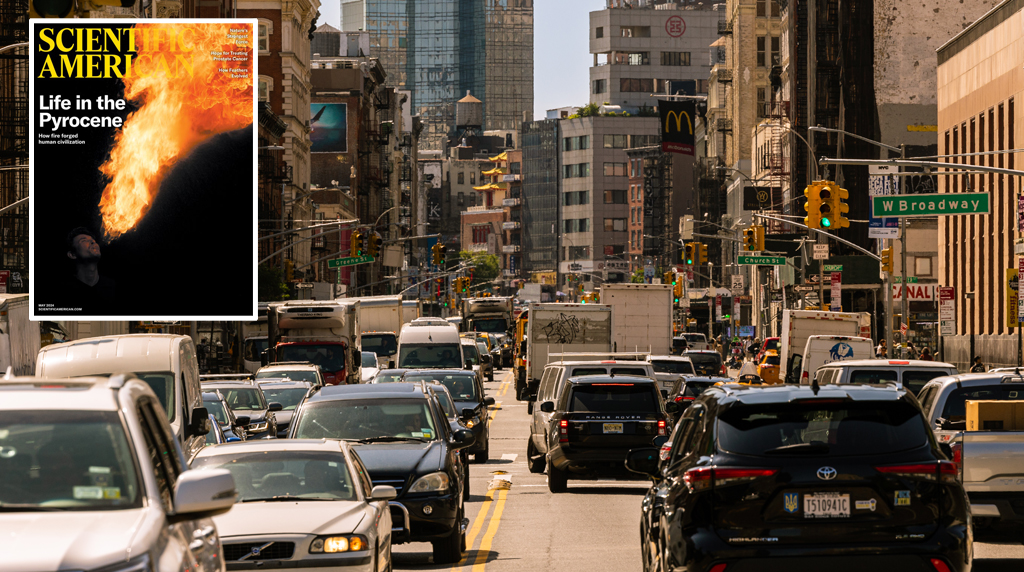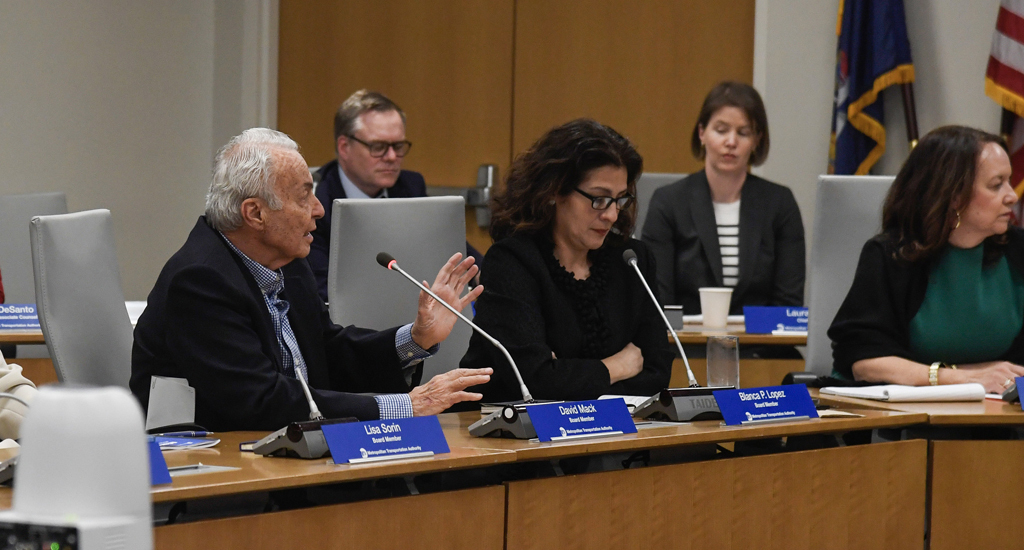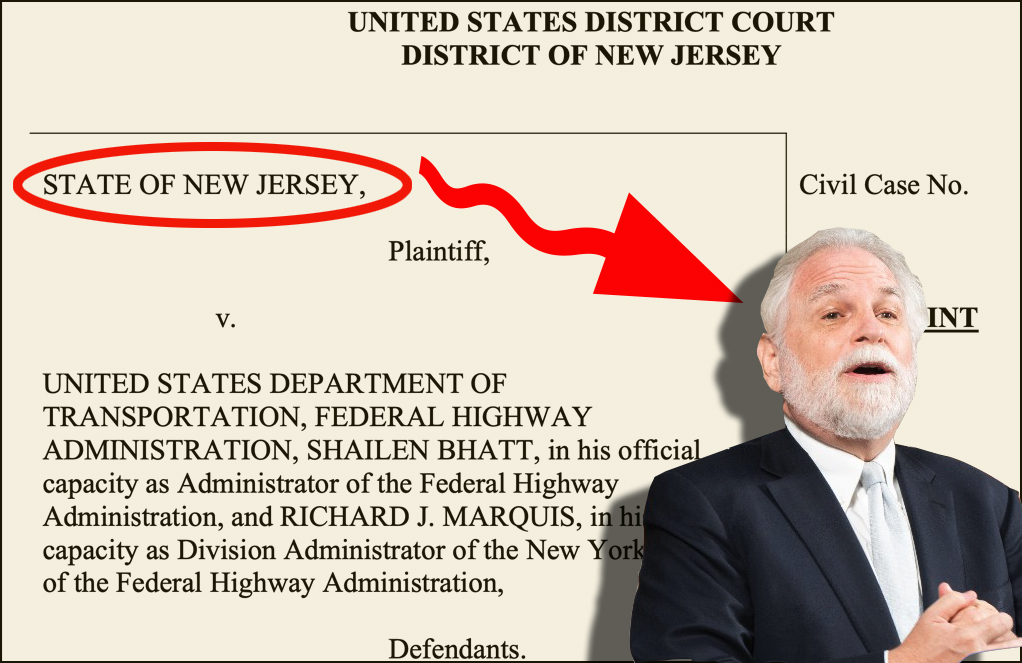“Rate shock” was the name given to the electricity industry’s financial crisis in the 1970s and 1980s, when utility company finances buckled under the weight of escalating nuclear power costs. Not only were the costs of the nukes spiraling out of control, but the electricity rate hikes required to pay for them caused energy use to flatten, as customers pinched by the high rates were forced to conserve. Facing higher costs but flat sales, the utilities made up the difference with further rate hikes, until their customers rebelled, the dividends stopped flowing, and utility investors lost billions.
You have to wonder if the same fate awaits the New York State Thruway Authority with its Tappan Zee Bridge rebuild. This time, though, it won’t be investors holding the bag. It’ll be New York State drivers and taxpayers — and maybe even New York City transit riders.
These numbers are scary. They suggest that the finances of a replacement Tappan Zee Bridge could be shakier than the roadway of the existing one.
The potential catalyst is the extraordinary toll hikes that will almost certainly be needed to pay for the replacement Tappan Zee. The carrying costs on the $5.2 billion project — that’s the official figure for a span that’s twice as wide as the current bridge but without exclusive transit lanes — are so high that if they’re borne entirely by drivers using the bridge, the current $4.75 auto toll (one-way with E-ZPass) may need to triple. Call it “toll shock.”
But that’s not all. A toll increase of that magnitude — in the $10 ballpark — would almost certainly send “demand” (the number of car and truck crossings) into a tailspin. That in turn could necessitate another toll hike to ensure that bondholders stay paid and set up another round of the downward spiral — the same whirlpool that nearly swallowed dozens of utilities a few decades ago.
I’ve run some numbers, and they’re so disturbing that even I’m not sure how much credence to give them. But with the fast-tracking of the jumbo-sized, jumbo-priced rebuild, I felt it was less risky to put them out than to sit on them.
As I see it, the variables that will determine the per-trip carrying costs for the replacement bridge — literally, the project cost divided by the number of trips expected over the project’s life — are these:
- Project Cost — I used two figures: the official $5.2 billion estimate, or a 25 percent higher cost ($6.5 billion)
- Interest Rate on Bonds — either 4.5 percent, the approximate average for Thruway Authority debt; or 5.5 percent, incorporating a 1 percentage point market “risk premium” if the finances are as shaky as I suspect
- Term — 30 or 50 year project life (a longer life allows a lower carrying cost)
- “Baseline” Growth in Trips — either 3 percent a year, 1.5 percent a year, or zero, before factoring in demand suppression from toll hikes
- Price Elasticity — (negative) 0.4 or 0.7, with the latter figure denoting a stronger response to the higher tolls. (Note that elasticity is applied to the entire trip cost including not just tolls but gas, maintenance, parking, etc.)
These variations imply 48 different scenarios (2 x 2 x 2 x 3 x 2, for you mathematicians). The range of results, projected 10 years out, is wide: Average daily traffic across the Tappan Zee, which now stands at 134,000 vehicles, could be as high as 165,000 per day or as low as 82,000. The average projection, 123,000 vehicles per day, is 8 percent less than today. In only a third of the scenarios is bridge traffic in 10 years greater than today.
Even more yawning, though, is the range in the toll required to pay the replacement project’s carrying costs: It could be as low as $9 or as high as $30. The weighted average, $16, is well over three times today’s toll.
As I said, these numbers are scary. They suggest that the finances of a replacement Tappan Zee Bridge could be shakier than the roadway of the existing one.
Is there a way out of a Tappan Zee “death spiral” in which no toll can generate enough revenue to pay bondholders? I see two possibilities. Either the Thruway Authority offloads some of the project’s carrying costs to other parts of its system or onto the State DOT’s budget. Or the powers-that-be trim the cost by shrinking the bridge. (Or some combination of the two.)
Offloading merely shifts costs to drivers elsewhere, or to taxpayers in general. A particularly worrying downside is that to come up with the funds, Albany might be forced to starve roads and bridges in other parts of the state, or even transit in and around NYC — not in a “one-shot,” but year in and year out.
As for shrinking the bridge, trimming the cost to $3.5 billion — a number pulled out of a hat — could keep the required toll hike low enough that daily bridge crossings would be as likely to rise as fall. This would avert cascading toll hikes and allow the full cost to be covered with a toll between $5 and $12.
Of course, getting the cost down that far would probably require slimming the lane configuration to something close to the current one. Could traffic be accommodated? Yes, for the time being; and almost certainly over the long haul, by charging premium tolls during the relatively brief daily peaks.
A spreadsheet with my calculations is available as an Excel file. Please comment if you spot a flaw. I can’t quite believe that numbers so disconcerting can be airtight. Then again, the new Draft Environmental Impact Statement didn’t touch this subject. Maybe they knew?
Editor's note: In the course of reporting on the Tappan Zee story, Streetsblog has requested financial planning documents for the new Tappan Zee from the governor's press office, but received no answer. Our freedom of information request was also denied.





